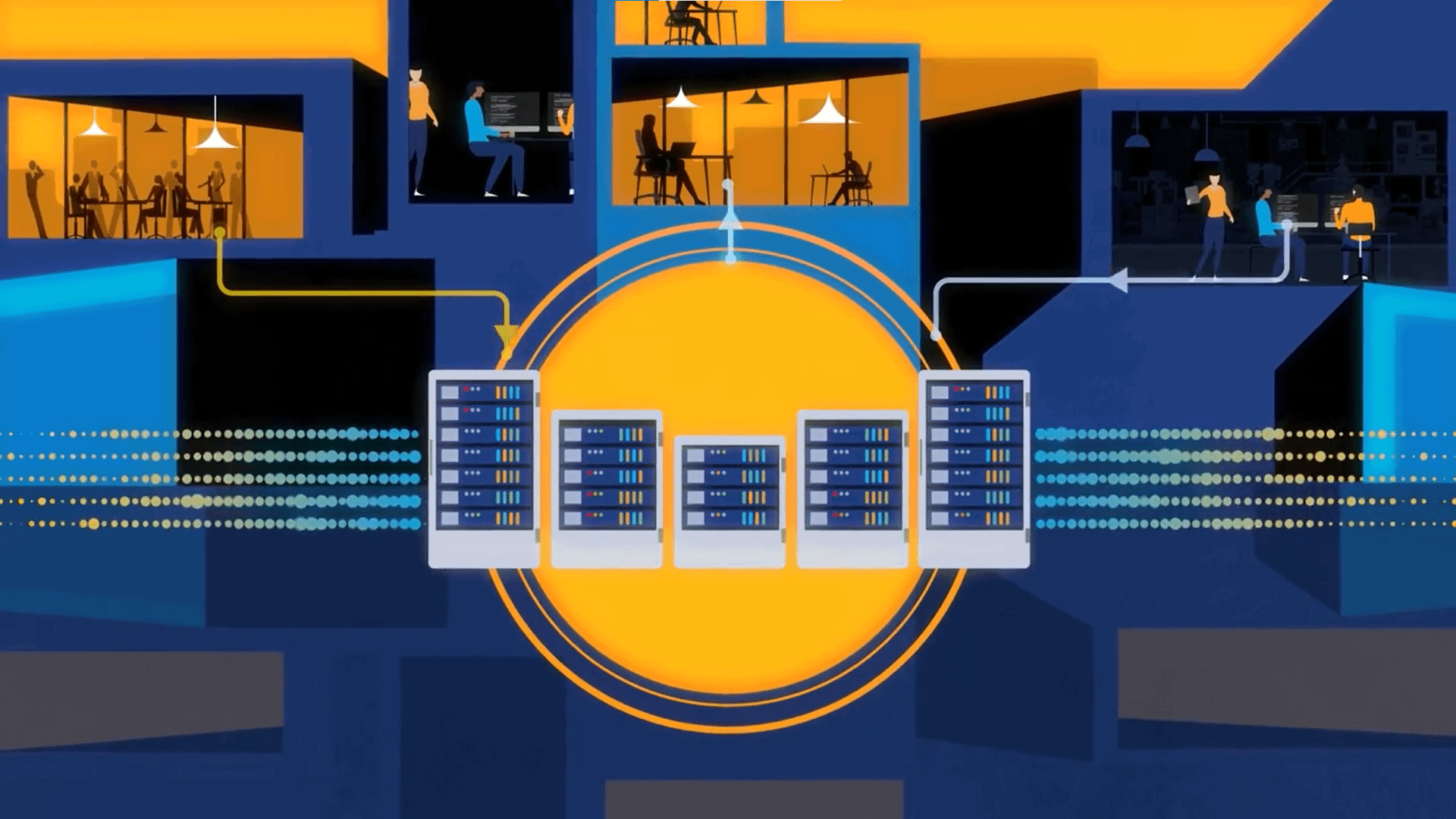
Backhauling data to centralized facilities no longer works in industries that have high volumes of continuous streaming data. That’s were adaptive edge intelligence can help.
In industries increasingly driven by real-time decision-making, such as manufacturing, transportation, telecom, public safety, and more, data is no longer created in occasional batches. It arrives continuously and on a massive scale from sensors, machines, mobile assets, and digital applications. While centralizing that data in a cloud or data center for analysis once seemed efficient, the volume, velocity, and criticality of today’s data streams have exposed serious limitations with the traditional backhaul-first approach.
For years, organizations that routinely deal with such data streams and want to use the data for real-time insights have been moving analysis of that data to the edge, where it is created. Increasingly, as data volumes and the rates of data generation grow, many organizations are imparting their edge systems with advanced intelligence to adaptively act on the real-time and near-real-time insights their analyses derive.
See also: Beyond Latency: The Next Phase of Adaptive Edge Intelligence
The Limitations of Backhauling Data
Backhauling data to centralized facilities has had practical applications for decades when data volumes and the rate of data generation were modest. Data would be stored and analyzed for immediate actions or to understand historical trends.
That model no longer works in industries that have high volumes of continuous streaming data. Some industries impacted include:
- Financial services organizations trying to act on endless streams of transactional data.
- Manufacturing companies trying to make sense of IoT and other sensor data from equipment on production lines.
- Online retailers trying to seize the moment and present relevant items to customers on their website.
- Autonomous vehicles trying to interpret video streams to avoid road obstacles and obey traffic laws.
In these cases, and others, one of the most immediate challenges with backhauling data is network congestion. High-frequency data sources such as IoT sensors, HD video feeds, autonomous systems, or industrial machinery can produce gigabytes or even terabytes of data per hour. Attempting to funnel this to a central location strains available bandwidth, increasing costs and decreasing overall network performance. Bandwidth upgrades help, but scale poorly leading to higher costs.
Then there’s latency, which is the silent killer of real-time responsiveness. When raw data must traverse long distances to be processed, the round-trip delay can render insights stale by the time analytics systems act on them. In safety-critical or time-sensitive scenarios, such as fault detection in utilities, quality control in manufacturing lines, or predictive maintenance of transportation fleets, milliseconds matter. A centralized processing architecture simply can’t guarantee deterministic performance.
Another often overlooked issue is cost inefficiency. Cloud storage, data transfer fees, and compute resources become expensive when large datasets are moved continuously. Many organizations find they are paying to store and analyze data that is redundant, low-value, or irrelevant. In fact, studies routinely show that the majority of raw sensor data never gets used, yet it still incurs full transport and storage costs when backhauled.
Security and privacy risks also grow as data volume increases. Moving unfiltered data across wide-area networks expands the attack surface and requires stringent encryption, monitoring, and compliance controls. Sensitive data, such as location information, operational telemetry, or customer usage patterns, may carry regulatory implications when transported across regions or cloud boundaries. For some industries, this alone makes centralized backhauling impractical.
Finally, centralized architectures limit resilience. If connectivity is lost or performance degrades, systems dependent on the cloud for analytics may fail to make timely decisions. This is unacceptable in edge environments such as remote mining operations, offshore energy platforms, smart grids, or transportation systems that cannot pause operation until the network recovers.
A Closer Look at Data Backhauling Issues
In short, as real-time systems proliferate, analytics and decisioning must move closer to the event-source, maintain state, execute with minimal latency and full consistency.
A recent Volt Active Data blog put the issues with backhauling data into perspective and discussed how adaptive edge intelligence systems eliminate them.
The blog noted that while centralized data processing offers some management convenience, it carries substantial hidden costs. These include high bandwidth and storage expenses from transporting and housing large datasets, increased energy consumption and associated carbon footprint, network latency and reliability challenges (especially for real-time applications), and greater risk of single points of failure when all processing depends on centralized infrastructure.
To overcome these issues, organizations are shifting intelligence to the edge: processing and filtering data closer to its source so only meaningful, reduced information is sent upstream. Such an edge-native model lowers transmission and storage costs, reduces latency dramatically, improves operational resilience, and enables greener, more sustainable architectures.
A Final Word
As organizations adopt more automation, AI, and autonomous operations at the edge, the model of shipping everything to a data center becomes increasingly unsustainable. The future lies in hybrid and edge-native architectures where data is processed locally, reduced or enriched at the source, and only high-value outputs or aggregates are sent upstream.






























